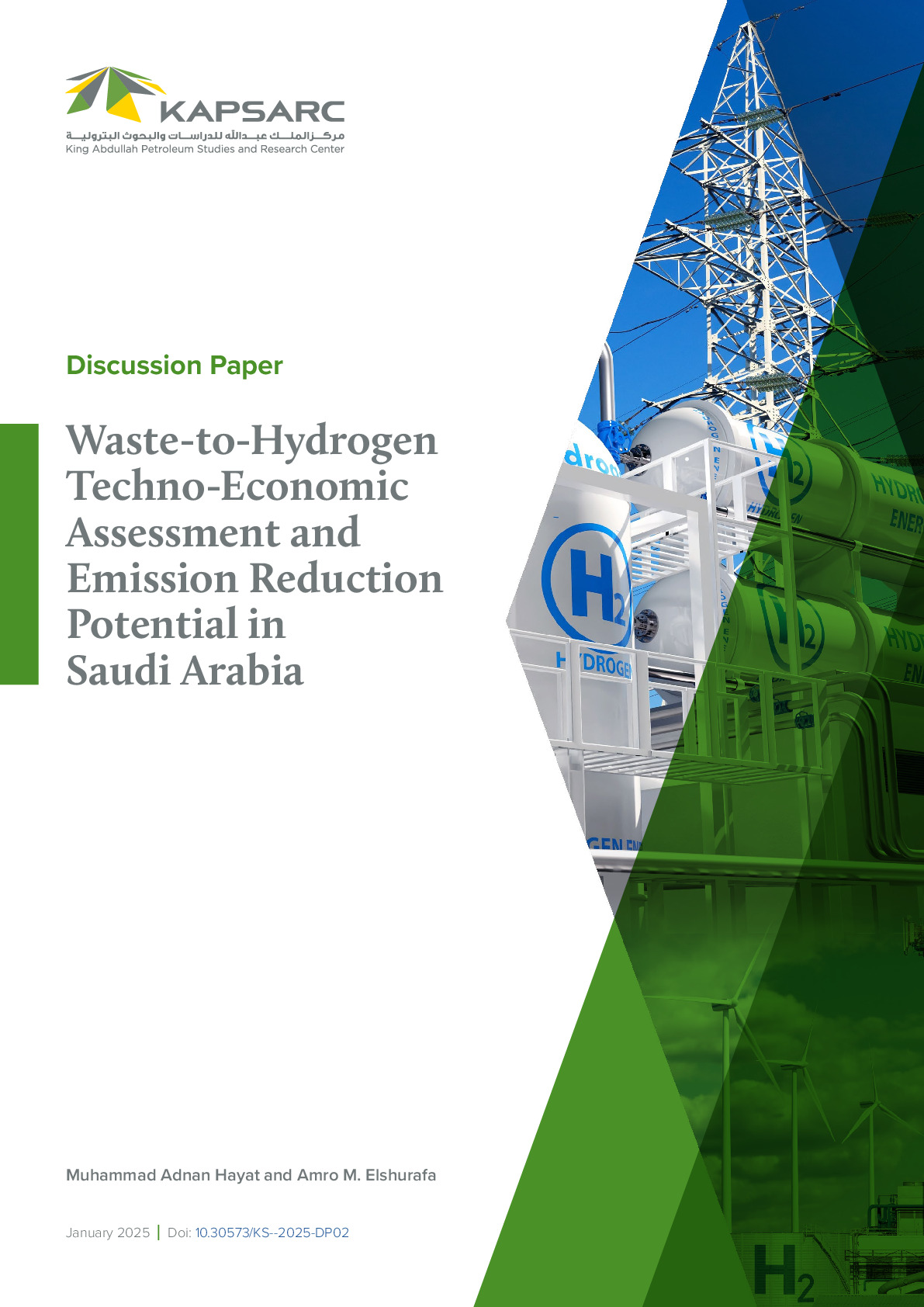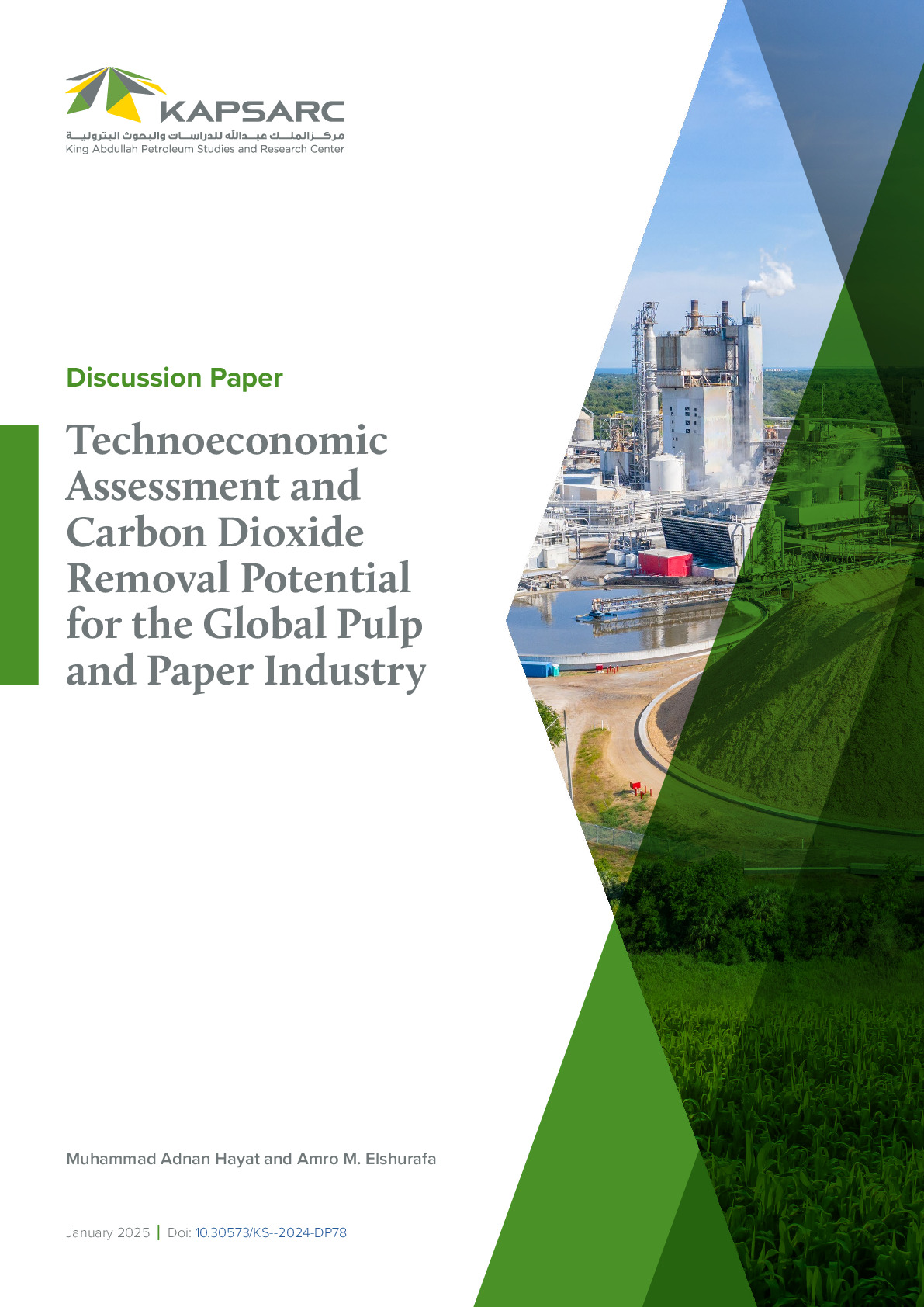Although battery electric vehicles (EVs) are emission-free at the tailpipe, the energy mix that provides electricity to charge EVs is generally not. Ideally, it is desired to charge EVs from a low- or no-carbon energy source to ensure that the emissions avoided from driving EVs outweigh incremental emissions resulting from the power sector. To that end, this paper quantifies the net carbon emissions associated with EV deployment in Saudi Arabia by considering the energy mix. A model characterizing the Saudi Power System was built, and a total of 18 scenarios were simulated using the marginal generation emission method. The scenarios varied driving ranges, EV efficiencies, and time of charging for passenger transportation. Situations representing best- and worst-case scenarios were also run. On average, for each 1 % of EV deployed, emissions would reduce by 0.5 %, while at the best-case scenario emissions reduce by 0.9 %. The worst-case scenario, however, results in a net increase in emissions. Further, given that the marginal generator for the most part in the various regions of the kingdom does not change, it was found that adopting a time-of-use pricing mechanism would not promote emission reduction.




